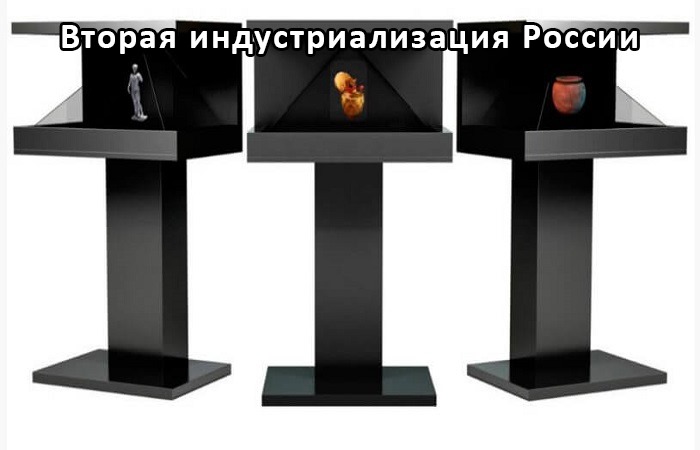Electrical discharge machining and metal cutting wire electrode is features of materials surface details price

Electric discharge machining and cutting of metal and materials.
The technology of electric discharge machining allows you to cut electrically conductive materials of any hardness (hard alloy, titanium, high-alloy stainless steels, etc.). Electrical discharge machining of metals is used to form a complex profile, including angle at great length, width and thickness of the part, with the required accuracy up to hundredths of a millimeter.
Electric discharge machining and cutting of metals and materials
The principle of electrical discharge machining and cutting
Obtained by electrical discharge machining products
The advantages of electrical discharge machining and cutting
Scheme of pulse generation in electro erosion cutting and processing
Other types of material cutting: waterjet cutting, laser cutting, plasma cutting, EDM cutting
Electric discharge machining and cutting of metals and materials. The principle of electrical discharge machining and cutting:
Electrical discharge machining – energy-intensive technological process, which consists in changing the form, size, roughness and surface properties of the workpiece conductive – parts under the action of electrical discharges occurring between the workpiece and the electrode tool.
A particular case of EDM is wire EDM cutting.
Here the workpiece is one of the electrodes (the cathode) and another electrode (anode) is a tool which is processing. When the electrode-tool for details, under the action of an electrical spark discharge is local disruption of the treated area of the metal. This place is cooled by a fluid with a special composition. It also serves to flush the waste generated from destruction.
The electrical discharge between the electrodes is in several stages: first, there is electrical breakdown that may be accompanied by spark discharges, and then installed the arc discharge. The frequency of the electrical pulses and their duration is chosen based on the technological requirements of the processed surface. The pulse width typically lies in the range of 0.1 to 10-7 seconds, the frequency is from 5 kHz to 0.5 MHz. The smaller the pulse duration, the smaller the roughness of the resulting surfaces. The average current during electrical discharge machining depends on the area of the treated surface. The bigger it is – the higher it is.
The technology of electrical discharge machining allows us to cut the conductive material of any hardness (hard alloy, titanium, high-alloy stainless steels, etc.).
Electrical discharge machining of metals is used to form a complex profile, including angle at great length, width and thickness of the part, with the required accuracy up to hundredths of a millimeter.
Obtained by electrical discharge machining products:
The die, internal and external teeth, the grooves, the ribs of radiators with high demands on heat transfer, etc.

The advantages of electrical discharge machining and cutting:
big cutting thickness,
– absence of deformations of the surface layer,
– low surface roughness,
– EDM cutting is used when some materials cannot be cut any other way.
Scheme of pulse generation in electro erosion cutting and machining:
– the spark scheme provides for periodically applying pulses of electric current of one polarity during the treatment process. As the anode enters the machining tool. Electric diagram of the installation generates a decaying pulse (sine wave), which leads to energy losses, because the breakdown occurs at a certain current value. When a large pulse duration, the processing of the parts (cathode) are accelerated, but increases the roughness and reduces the accuracy, since the anode begins to wear down. The pause between the pulses allows to recover the increased conductivity and to take products of cutting of the treatment area;
– pulse scheme provides for the formation of unipolar electric pulses of a predetermined shape. View the oscilloscope pulse — U-shaped or close to it, allowing you to obtain breakdown between the electrodes without losses and with a given capacity. To improve the performance of the pulses can be combined in packages with small pauses between them. Pause between bursts for cooling a working pair of tap of products of treatment and recovery measure conductivity of liquids.
In technical execution and service of electrical discharge PFN simpler and cheaper, but the quality of the surface and repeat accuracy of the circuit forming section it is much smaller than the electric pulse.
The types of EDM:
– a simple electric discharge machining and cutting,
– combination of electric discharge machining – electric discharge machining that is executed concurrently with other processing,
– electroerosion-chemical machining – combination of electrical discharge machining performed simultaneously with electrochemical dissolution of the workpiece material in the electrolyte,
– EDM abrasive machining – abrasive machining using the electroerosion destruction metal
– anodic-mechanical machining – electrochemical machining in a liquid medium in which the dissolution of the electrode material of the workpiece under the action of electric current with the formation of the surface oxide films and their removal by mechanical action.
Other types of cutting materials:
– water jet cutting,
– laser cutting,
– plasma cutting,
– EDM cutting.



